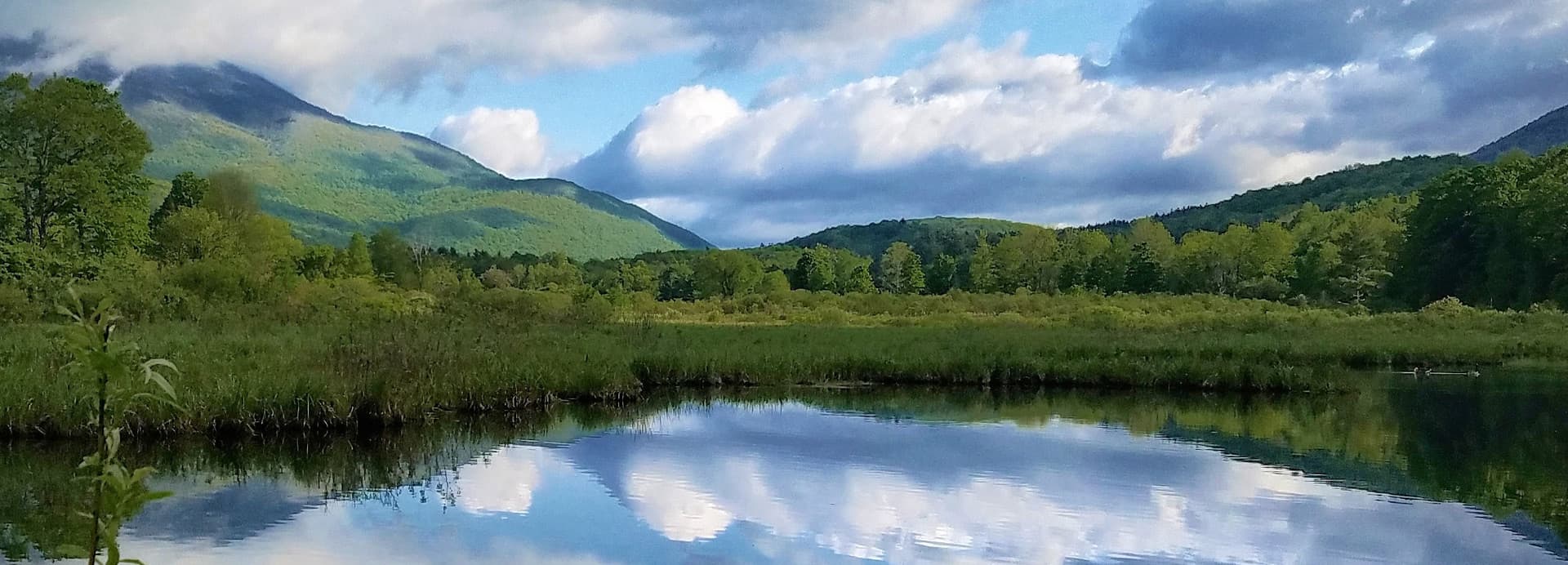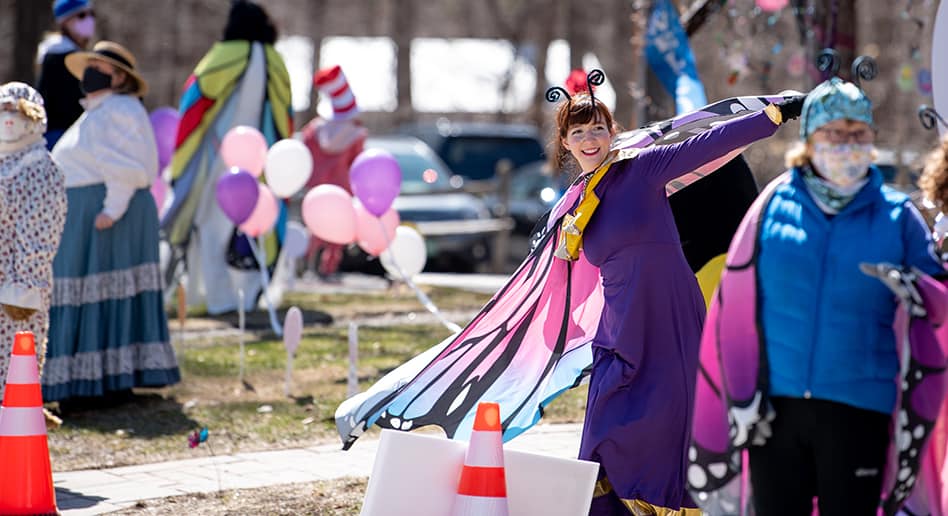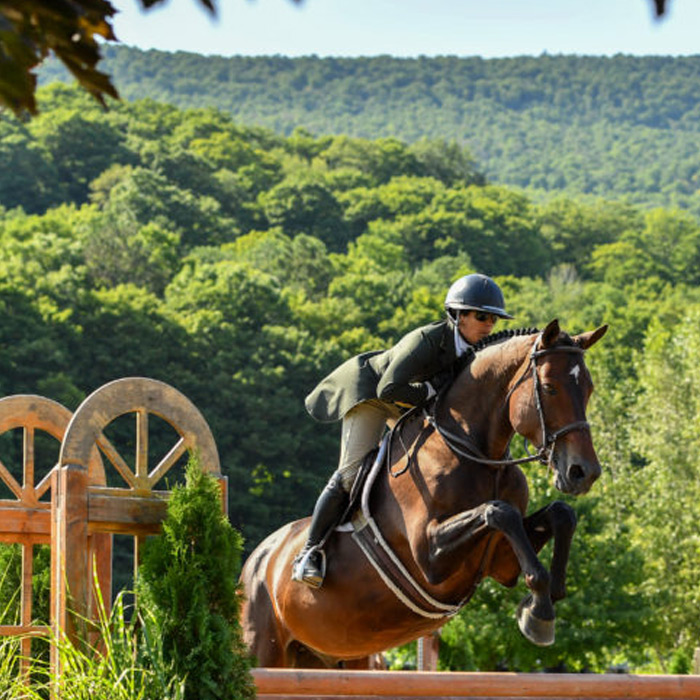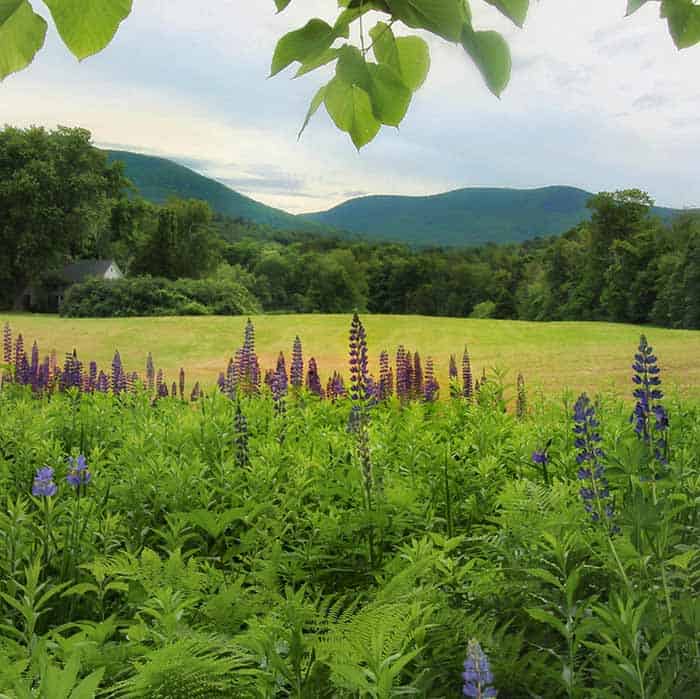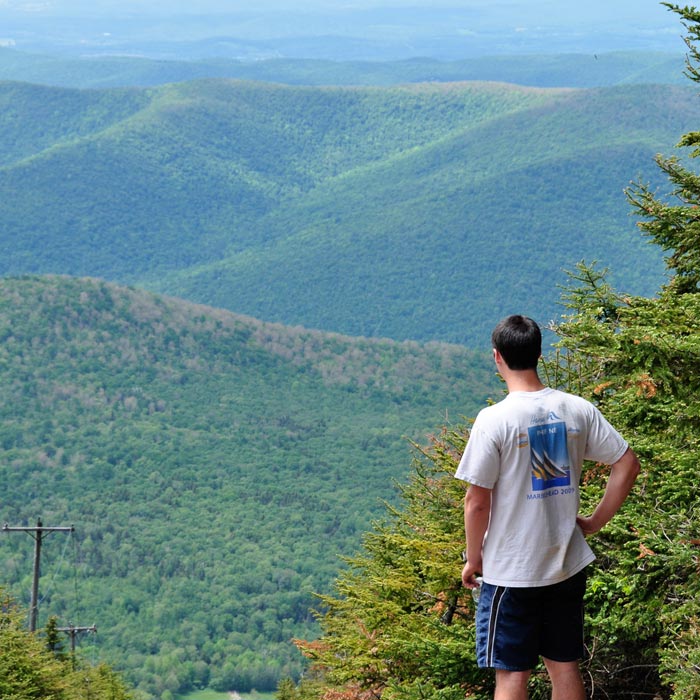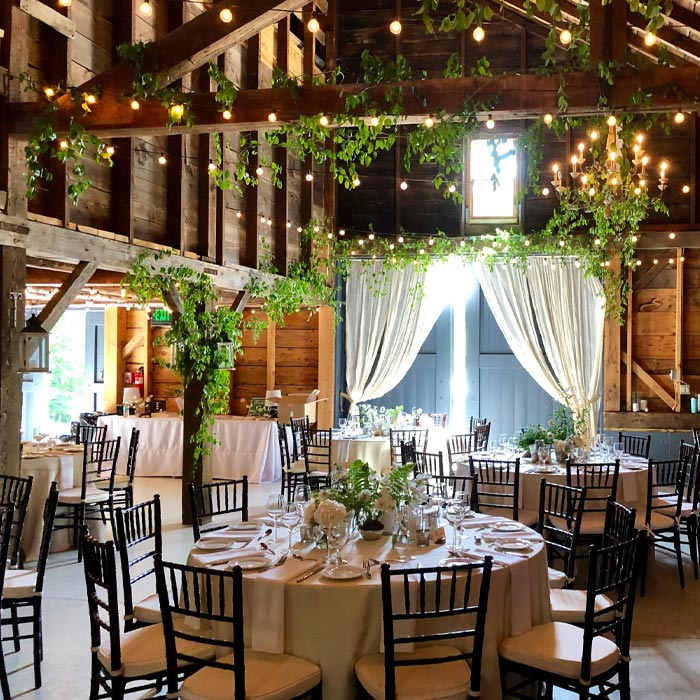Rescued from the Flood: Charley Wade & Dorset’s Quabbin Houses
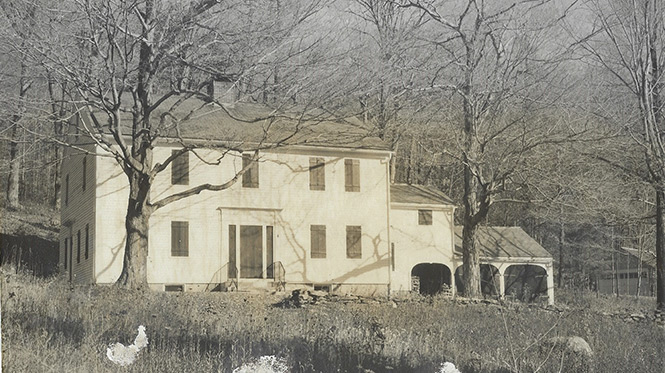
by Liz Shafer Period photos courtesy of Dorset Historical Society
One of Dorset’s native sons, Charles Augustus Wade (1874 to 1949), was an industrious and affable son of a farm laborer. By his mid-30s, he was the owner and operator of two successful businesses, and, in 1921 at age 47, became a Vermont State Representative. But it was at age 54 that his work came to enhance the character of Dorset—while sustaining the livelihood of dozens of workers during a time of economic hardship.
The Man
When Charley Wade began running his livery service in 1909, Dorset was a popular destination for visitors. The quarries once so important to the area’s economy had mostly closed, but a new age of tourism had emerged. People employed Wade’s Livery to explore Dorset and its bucolic surroundings by horse and buggy—and later, by automobile. One drive in 1928 eventually led Charley to his most noteworthy endeavors. His customer, Agnes Houghton, had recently purchased land, and was looking for a house to put there. She became smitten with an abandoned 1830 house in nearby Hebron, New York. Wade agreed to move it for her. He started with a few rough sketches, called together a group of workers, and dismantled the structure, numbering each part for reassembly in its new location. That house, located across from the Dorset Village Library, is now home to the Dorset Historical Society.
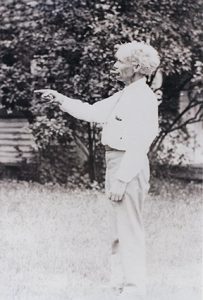
Newcomers to Dorset after the Great Depression had fortunes that were relatively secure, and they sought to invest in real estate. Land was cheap, but the historic homes they were looking to buy were not for sale. Wade had learned of a ready source of colonial-era houses in western Massachusetts from another customer. The Boston Metropolitan District Water Supply Commission was planning to dam two rivers in Massachusetts to construct the 39-square-mile Quabbin Reservoir. Four towns—Enfield, Dana, Prescott and Greenwich—were doomed for destruction, and their fine houses, some generations old, were selling for $200 or less.
The Crew
Charley and his hard-working crew of carpenters, masons and craftsmen began a lucrative 13 years of working with customers to inspect, purchase and move the ill-fated houses 100 miles or so to Dorset. The jobs called for lengthy stays away from home while they carefully deconstructed the structures, fueled by Charley’s good humor and enthusiasm and the fine meals prepared by his wife, Agnes. The team removed at least nine complete houses to Dorset, along with elements taken from many others.
The Houses
The most documented of these homes was likely the first that Wade and his team moved from Massachusetts, thanks to records shared with the Dorset Historical Society. John and Grace Kouwenhoven of Yonkers, New York, hired Wade to move two houses from Enfield and Prescott, Massachusetts, to build a single home on Maple Hill Road. Two six-wheel trucks were used to convey the deconstructed parts to the site. It required 18 trips. This structure remained at this location for 55 years before again being moved in 1987 to West Union Street in Manchester.
Dr. Henry Titus and his wife Edith purchased land from their neighbors, the Kouwenhovens, in 1932, and also commissioned Wade to move a house from Dana, Massachusetts, to Maple Hill Road.
The Greek Revival building that is home of Flower Brook Pottery, is thought to have begun its life as the Enfield Congregational Chapel. Wade moved it to Dorset Village in 1938, and leased it to the United States Post Office until 1966.
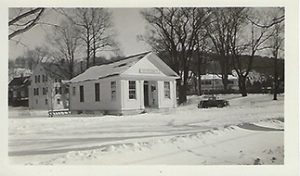
The former Smith Village Schoolhouse in Enfield, Massachusetts, was purchased by Susan Lord and moved to Foote Road in 1935. Wade rebuilt it as a playhouse for her grandchildren, keeping its original one-room layout. Now a residence, it neighbors the 1770s house built in Dorset by a relative of Enfield’s Robert Field, for whom the town was named.
The big house at the junction of Dorset Hollow and Kirby Hollow Roads was relocated from Enfield in 1935 at the behest of Olivia Herbert. It was rebuilt with an addition that was likely a second house from the same area.
Components of two houses—from Prescott and Dana, Massachusetts—are believed to have been used in constructing the stately colonial on Barrows Heights, commissioned in 1935 by Lloyd and Minerva Barrick for use as a summer home.
A humble farmhouse and its outbuildings from North Dana were moved to Dorset’s Upper Hollow Road in 1937 for Manhattanite Mary Macy. Updates made to the structure over the years have changed its original appearance.
A particularly grand house on Nichols Hill Road is the result of combining several homes in 1938. Ruth Hopkins bought the 1777 main house (built by Robert Field) and hired Wade and his crew to reconstruct it, adding several other buildings from Enfield, Greenwich and Dana to enlarge it.
The house at the corner of Dorset Hollow Road and Route 30 was assembled from the parts of several Enfield buildings, and was built by Wade in 1941 for his daughter, Laura. It features a foundation of marble blocks from the Dorset Quarry.
Each timber and architectural detail from these venerable old homes holds within it the ghost of a former existence. They are a reflection of a time and place that parallels Dorset’s own colonial history. And like the new people who came to live in them, they continue to enrich and enliven the Dorset community.


